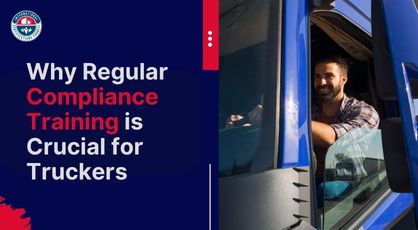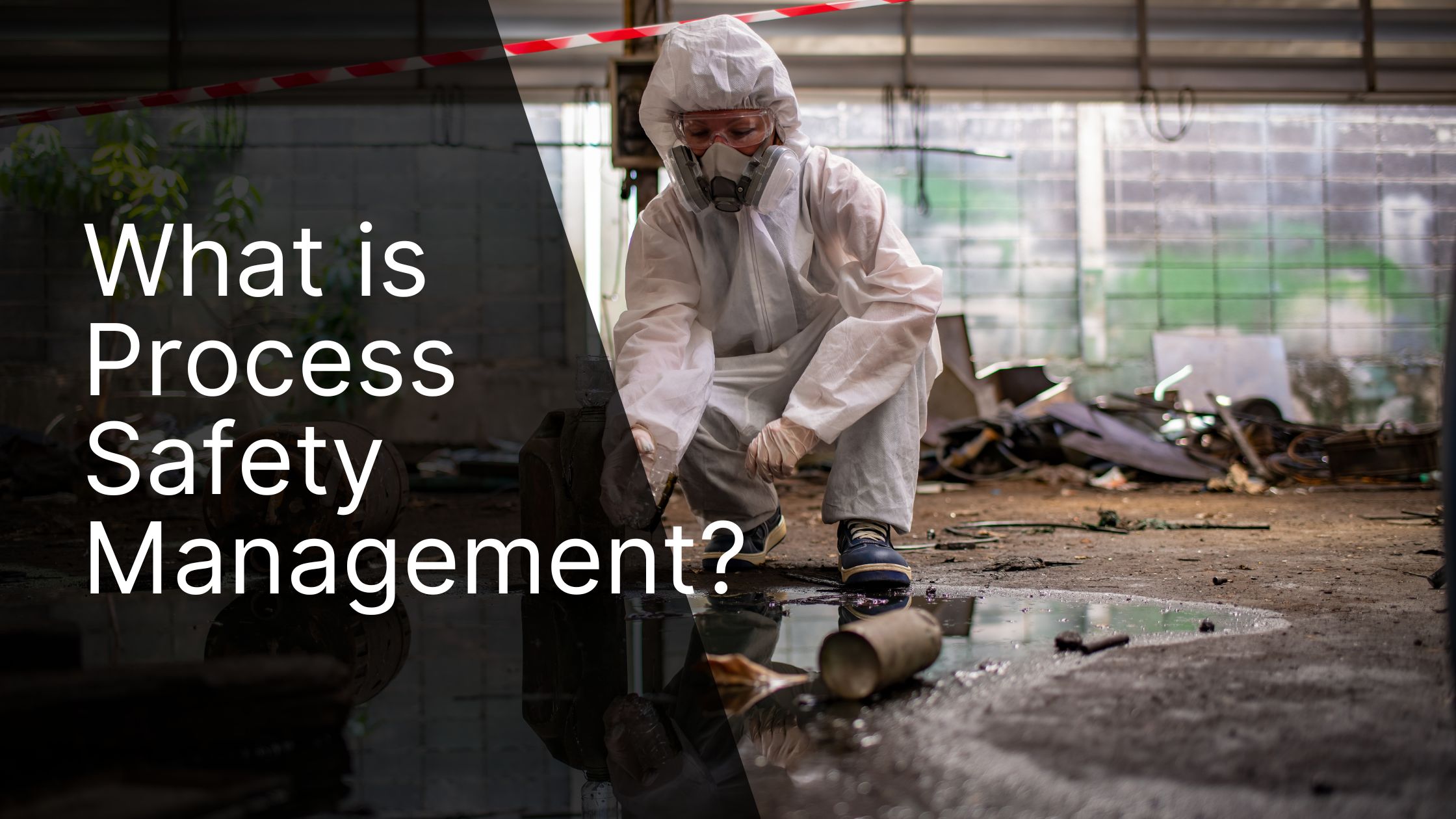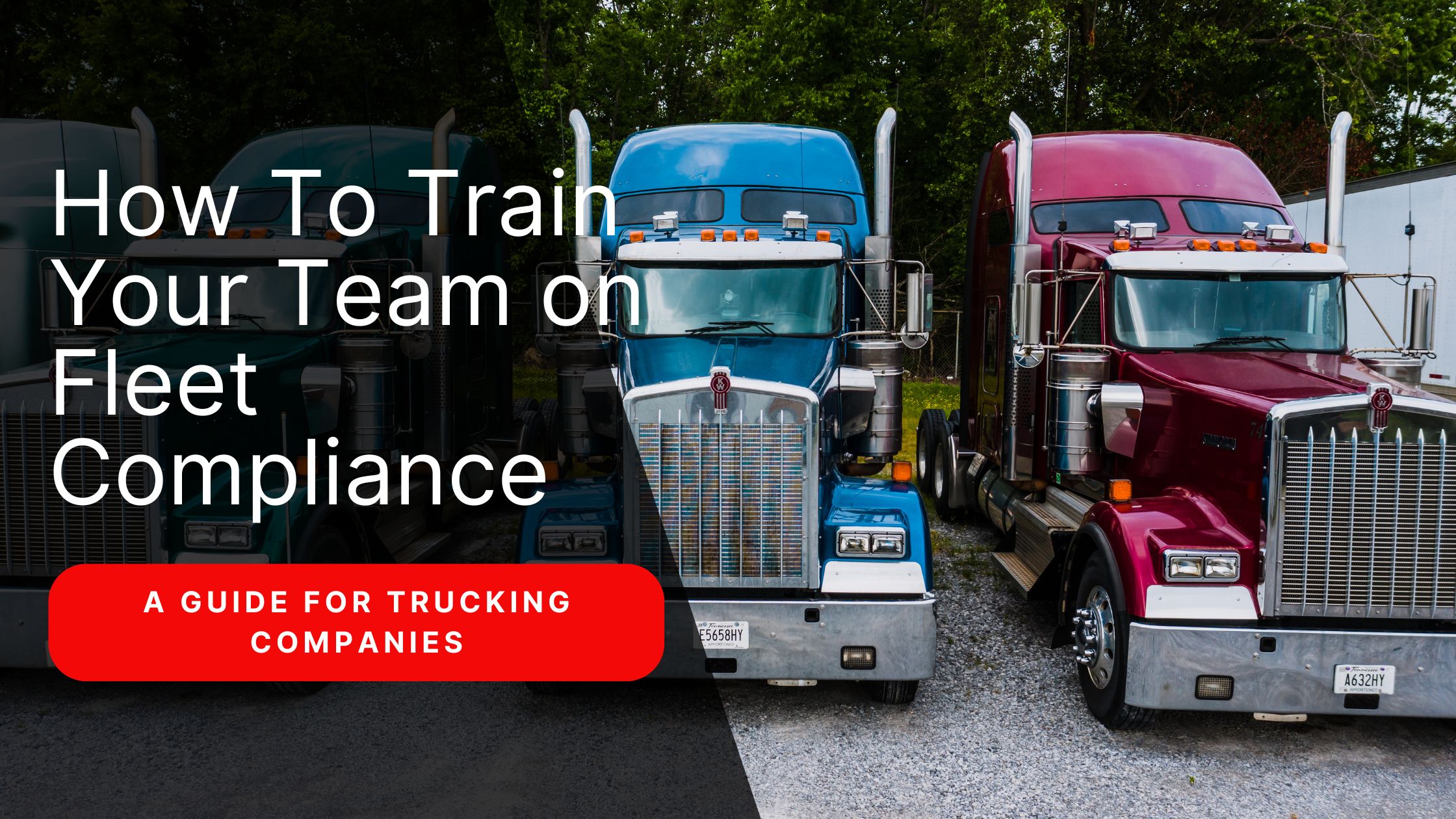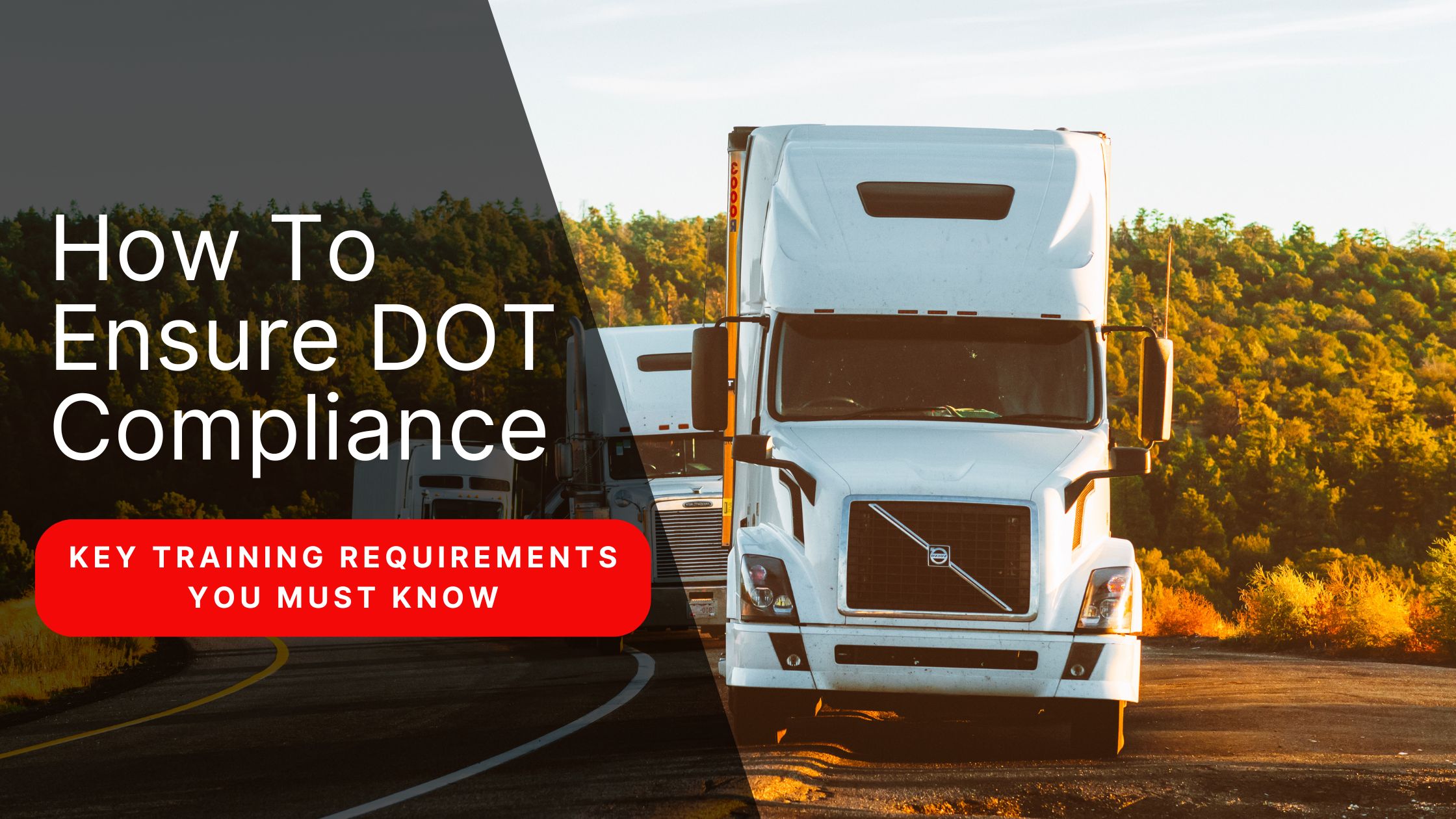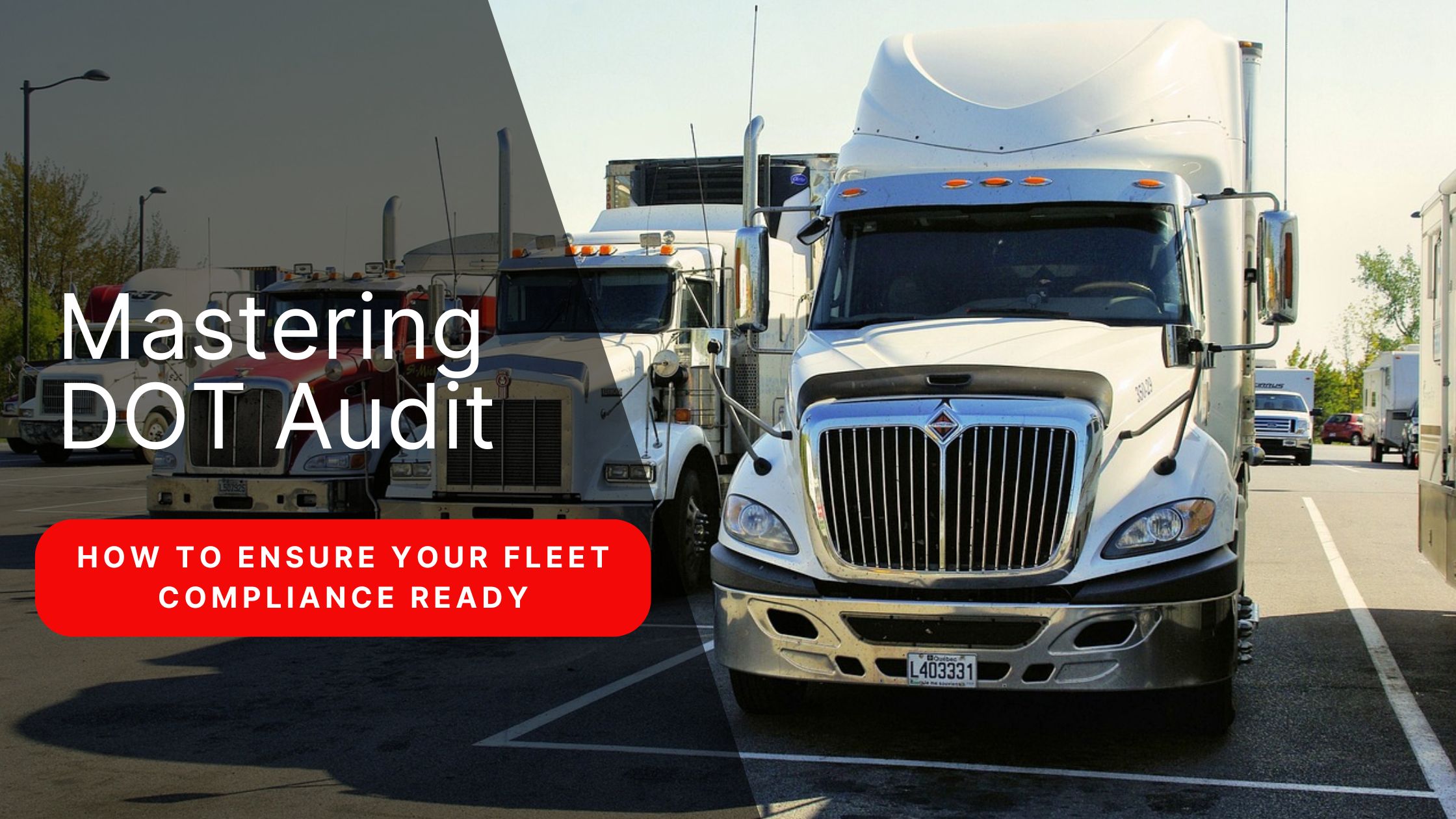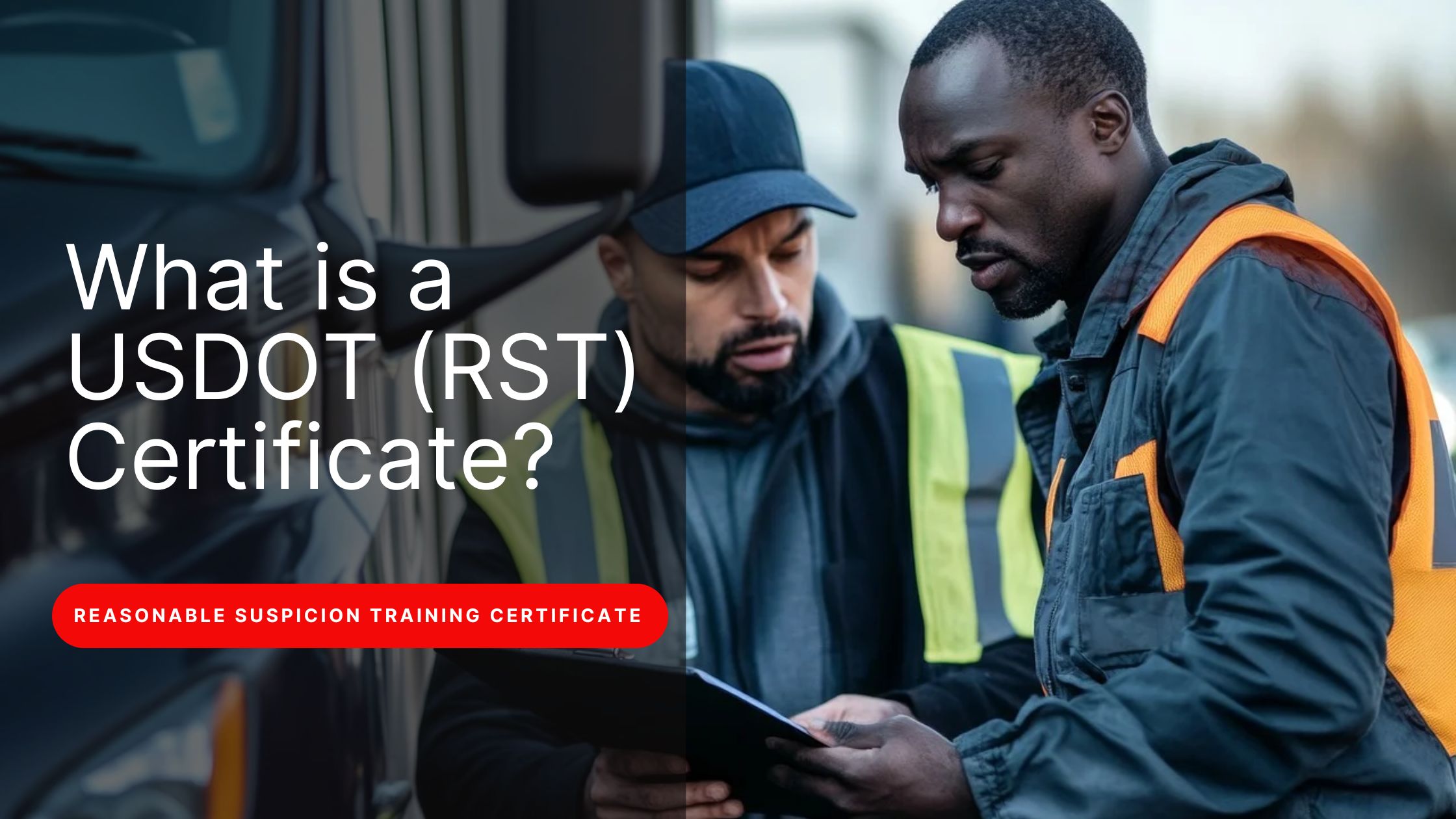What Is Reasonable Suspicion Training?
Reasonable Suspicion Training (RST) is a hands-on program that teaches supervisors how to identify the tell-tale signs of substance misuse, including glassy eyes, slurred speech, sudden mood swings, unusual odors, or a decline in performance. It isn’t optional. If you oversee anyone in a DOT safety-sensitive role—think CDL drivers, locomotive engineers, pipeline technicians—you must complete this course and hold an RST certificate to prove it. The goal is simple: give you practical tools so you can step in early, send the employee for a proper test, and keep everyone out of harm’s way.What Is RST Certificate?
As discussed, a DOT RST certificate is given to supervisors who complete reasonable suspicion training. This certificate certifies that the supervisor has received at least 60 minutes of drug and 60 minutes of alcohol misuse training, as required by 49 CFR Part 382.603. Additionally, it authorizes supervisors to make informed decisions regarding sending employees for reasonable suspicion training.DOT Reasonable Suspicion Training Requirements
So, what exactly does the DOT require from supervisors when it comes to reasonable suspicion training? The rules are pretty straightforward. Federal regulations (for example, 49 CFR 382.603 under the FMCSA for trucking) mandate a minimum of 2 hours of training for supervisors on this topic. This is often referred to as the “60/60” drug and alcohol training: at least 60 minutes on recognizing signs and symptoms of alcohol misuse, and 60 minutes on recognizing signs and symptoms of drug use.Who needs to take this training?
In DOT-regulated industries, anyone who supervises employees in safety-sensitive roles must be trained. This spans a wide range of fields, including:- Trucking and motor carriers (overseen by the FMCSA) require it for supervisors of CDL drivers,
- Aviation (FAA) requires it for airline supervisors and air traffic control managers,
- Railroads (FRA) for rail supervisors,
- Public transit (FTA) for transit system supervisors,
- And pipeline and hazmat operations (PHMSA) for their supervisors.
How Often Is DOT Reasonable Suspicion Training Required?
You might be relieved to hear that, under the DOT regulations, you only have to take reasonable suspicion training once (per supervisor). The DOT does not mandate recurring or periodic reasonable suspicion training after the initial training is completed. Once you’ve got that training under your belt, you’ve met the letter of the law. However, just because the DOT doesn’t require refreshers doesn’t mean you should set it and forget it. Best practices in the industry strongly encourage periodic refresher training for reasonable suspicion. Why? For one, drug and alcohol trends change over time – new substances emerge and usage patterns evolve, so the things you learned a few years ago might not cover the latest risks.RST Certificate and DOT Certification
After completing your reasonable suspicion training, you should receive an RST certification DOT. This is simply a document (often a printable certificate or digital badge) that proves you successfully finished the training course. You can think of it as your reasonable suspicion training certification – tangible evidence that you have met the DOT supervisor training requirement. The certificate will usually include details like:- Your name,
- The course title,
- Date of completion,
- And the training provider.

